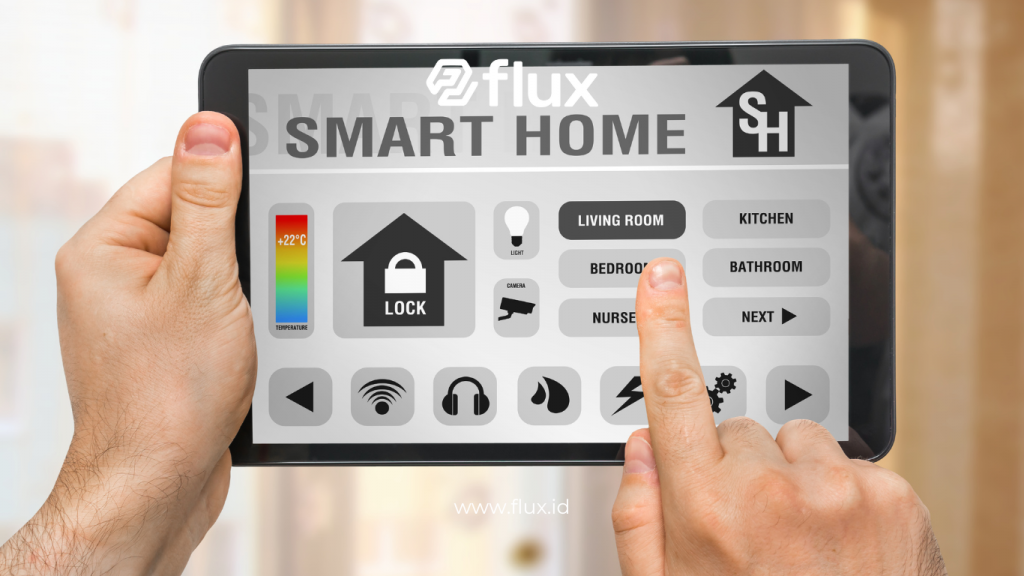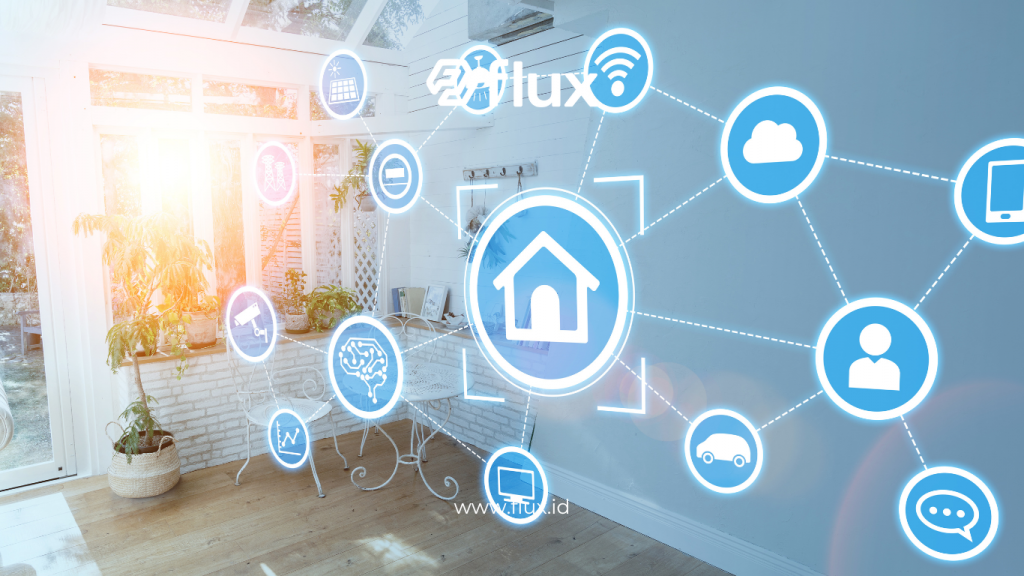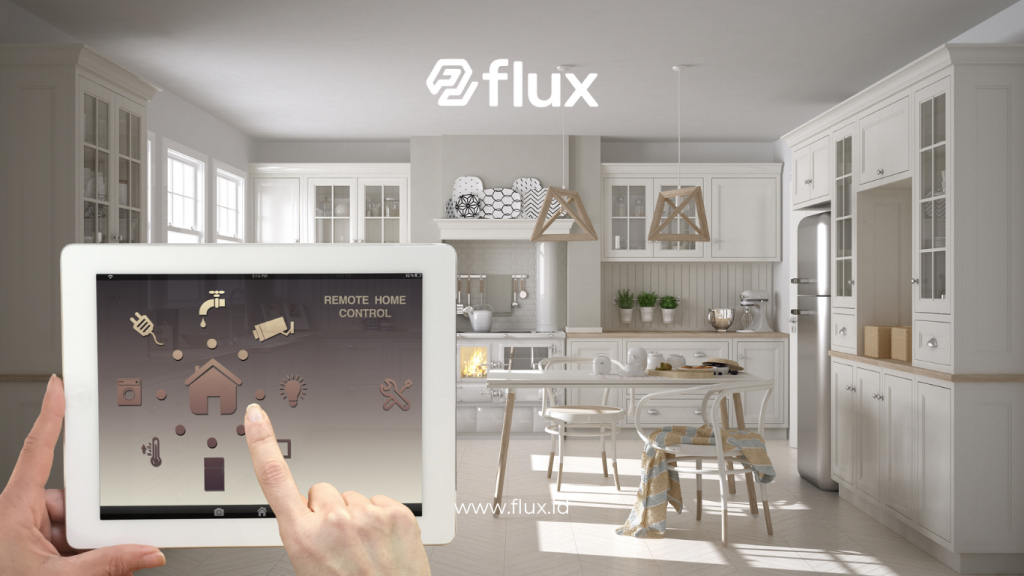Don't miss our holiday offer - 20% OFF!
Smart homes have become a global trend, bringing enhanced convenience, efficiency, and security to living spaces. With Internet of Things (IoT) technology, household appliances and electronic devices can connect and be controlled remotely. This article explores various aspects of IoT in smart homes, covering features from surveillance to automation.
Contents
1. Introduction to IoT Technology in Smart Homes

Read More: Smart Home Revolution: Implementing IoT for Comfort and Security
As technology advances, the demand for creating more comfortable and secure environments continues to grow. To achieve this, many people are turning to IoT technology in smart homes. This concept allows various devices—from lights to security systems—to connect and operate automatically.
2. What is the Internet of Things (IoT)?
IoT is a technology that enables everyday devices to connect to the internet and communicate with other devices. In smart homes, IoT connects household appliances and systems to the internet, allowing control via smartphone or computer. In other words, IoT makes our homes “smarter.”
2.1. Benefits of IoT in Everyday Life
IoT technology offers numerous benefits, including:
- Energy Efficiency: Smart devices help save electricity by adjusting energy use based on needs.
- Enhanced Security: IoT-based security systems allow for remote monitoring.
- Convenience and Ease: Accessing all devices with a single click simplifies control.
3. Smart Home Surveillance with IoT Technology

Read More: IoT and Smart Homes: Bringing Innovation to Every Corner of Your Home
One of the primary functions of IoT in smart homes is to improve surveillance systems. This feature enables homeowners to monitor their home environment anytime and anywhere.
3.1. Security Cameras and Motion Sensors
IoT-connected security cameras can stream live feeds directly to users’ smartphones. Moreover, smart motion sensors detect suspicious activity and send instant notifications.
3.2. Sound and Water Leak Detection
Some IoT devices can detect sounds and water leaks, helping prevent damage. This system is essential in ensuring home safety and protecting residents from potential dangers like fires or floods.
4. Automation in Smart Homes
Beyond surveillance, IoT technology provides various automation solutions that make daily tasks easier and improve home convenience.
4.1. Automatic Lighting
Smart lights can be programmed to turn on and off automatically as needed. In fact, some systems adjust light intensity based on surrounding conditions.
4.2. Temperature Control
Smart thermostats allow users to adjust the temperature according to their preferences, keeping the home comfortable without wasting energy.
4.3. Smart Household Appliances
Appliances like washing machines, ovens, and refrigerators can be controlled and scheduled via mobile apps. This feature enables users to run devices at the most convenient times, saving energy and costs.
5. Data Security in Smart Homes

Read More: Optimizing Your Home: How IoT is Transforming the Smart Home Concept
Despite all these conveniences, IoT-based smart homes face challenges, especially regarding data security. Since IoT devices stay connected to the internet, personal data risks exposure to unauthorized access.
5.1. Data Encryption and Network Security
To protect user information, IoT devices must use data encryption. Additionally, securing networks with firewalls is crucial to prevent unauthorized access.
5.2. Regular Device Updates
Regular updates for IoT devices are essential to address security vulnerabilities and enhance protection against potential threats.
6. Implementing IoT in Smart Homes
Installing IoT devices in a smart home can be done gradually based on needs and budget. Here are a few initial steps to consider:
- Choosing a Security System: Start by installing internet-connected cameras and sensors to enhance surveillance.
- Using Automation Devices: Smart lights and thermostats are great first steps toward automation.
- Managing Personal Data: Make sure all devices connect to secure, encrypted networks.
7. The Future of IoT in Smart Homes

Read More: Smart Home 101: Implementing IoT to Enhance Quality of Life
As technology progresses, IoT will continue to become more advanced. Here are some anticipated trends for the future:
- Artificial Intelligence (AI) Integration: IoT equipped with AI will better learn user preferences over time.
- More Integrated IoT Ecosystems: Devices will increasingly be able to share data and functions without human intervention.
- Greater Energy Efficiency: IoT technology is expected to become more energy-efficient, making it environmentally friendly.
Conclusion
IoT technology in smart homes offers numerous benefits—from enhanced surveillance to seamless automation—that make homes more comfortable and secure. While data security remains a concern, careful implementation can create a safe, efficient, and convenient living environment. With continued IoT advancements, the future of smart homes promises even greater functionality and environmental friendliness.





